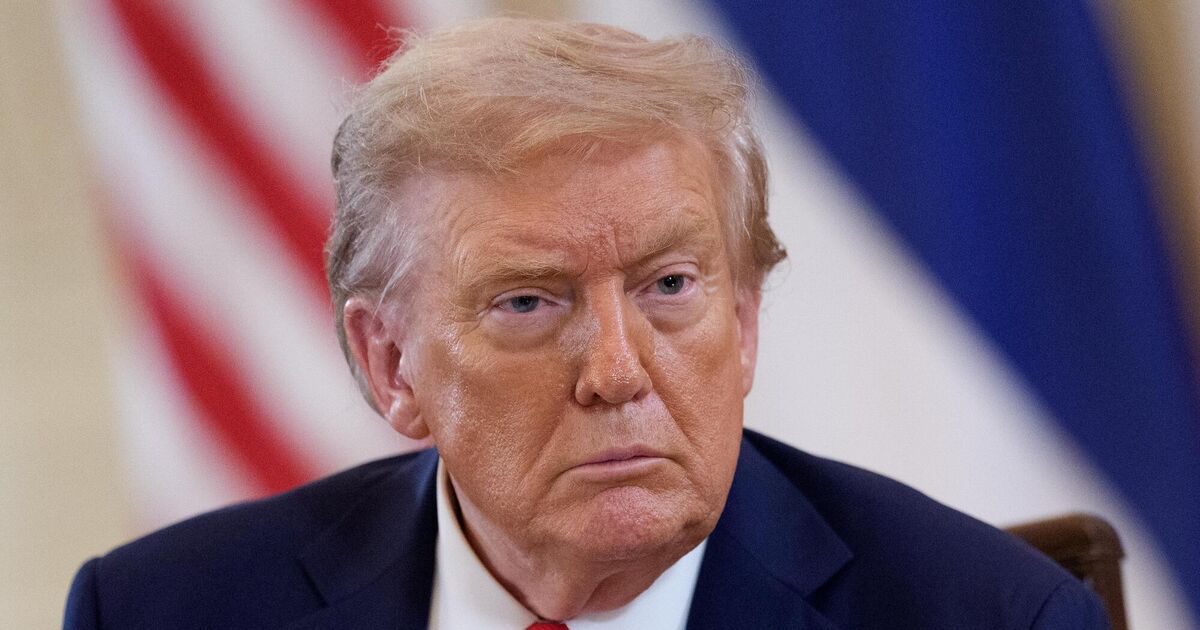The US and EU have finalised a framework trade deal that includes a 15% tariff on most EU imports, including pharmaceuticals and semiconductors.
A three-page statement released today outlined details of the political agreement reached on July 27, confirming a 15% tariff ceiling on EU exports to the US. The move comes as a relief to Ireland’s booming pharmaceutical sector.
More than 90 pharmaceutical companies operate across the country, employing about 50,000 people, including 30,000 employed by US firms in Ireland.
In a joint statement, the two sides said the Framework Agreement “represents a concrete demonstration of our commitment to fair, balanced, and mutually beneficial trade and investment”.
“The United States and the European Union intend this Framework Agreement to be a first step in a process that can be further expanded over time to cover additional areas and continue to improve market access and increase their trade and investment relationship.”
Key terms include the EU’s commitment to remove tariffs on all US industrial goods and to provide preferential access for US seafood and agricultural products such as tree nuts, dairy, fruits, vegetables, processed foods, soybean oil, pork, and bison meat.
Washington will also reduce the current 27.5% tariffs on cars and car parts, a major burden for European automakers, once Brussels enacts the promised tariff cuts on US goods.
Tánaiste Simon Harris welcomed the deal saying it “provides an important shield to Irish exporters that could have been subject to much larger tariffs pending the outcomes of Section 232 US investigations into these sectors.”
“As the Statement makes clear, this is a framework agreement which gives us a first step to negotiate a more comprehensive and formal agreement with the US in the future. Our intention now is to see what other carve outs can be made in areas of interest for Irish exporters.”
EU trade commissioner Maros Sefcovic called it “the most favourable trade deal the US has extended to any partner”.
US President Donald Trump praised the framework as “a big deal” during a White House meeting with European Commission President Ursula von der Leyen.
Under the deal, the US will apply the higher of either the Most Favored Nation (MFN) tariff rate or a 15% tariff on EU-origin goods.
The statement also confirmed “zero-for-zero” tariff carve-outs for aircraft and aircraft parts, with further exemptions expected for some generic pharmaceuticals and chemicals. Future talks may expand tariff reductions to products of strategic interest.
Effective September 1, the US will apply only MFN tariffs to EU exports such as cork, all aircraft and aircraft parts, generic pharmaceuticals, and chemical precursors.
Both sides agreed to consider extending MFN tariffs to additional sectors vital to their economies and supply chains.
The EU also reiterated its plan to procure $750 billion in US liquefied natural gas (LNG), oil, and nuclear energy products, plus an additional $40 billion in US-made artificial intelligence chips, alongside $600 billion in EU investment in US strategic sectors through 2028.
Both parties pledged to address “unjustified digital trade barriers” and confirmed that the EU will not introduce network usage fees.
They also agreed to negotiate rules of origin to ensure benefits primarily support both partners, and to cooperate on protecting steel and aluminum markets from global overcapacity while maintaining secure supply chains through tariff quotas.
Additional reporting from Reuters.
